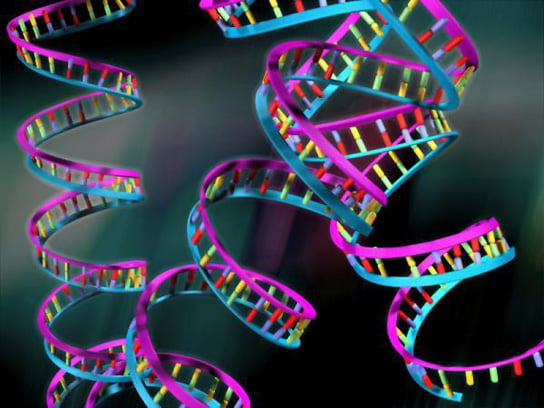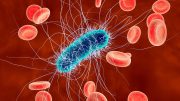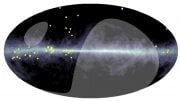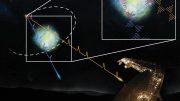
The Encyclopedia of DNA Elements (ENCODE) is focused on understanding the elements of the genome and how they work together. The overall complexity of human biology resides not only in the number of genes, but in the regulatory switches. ENCODE data may help uncover common genetic switches and functions across diseases.
Twelve years after the first draft of the human genome was published, back in 2000, geneticists have discovered that very few diseases are linked to changes in the genes themselves. Genome-wide studies searching for the genetic components of common diseases, such as lung cancer or autism, have pointed to regions between protein-inducing genes, areas where there is “junk” DNA.
An international consortium of scientists has published their findings in 30 linked papers in the journal Nature. The Encyclopedia of DNA Elements (ENCODE) is focused on understanding the elements of the genome and how they work together. The overall complexity of human biology resides not only in the number of genes, but in the regulatory switches. More than 1,600 experiments have been performed, as well as an analysis of more than 140 cell types. This resulted in massive amounts of data and the scientists have discovered about 4 million of these switches, and can now assign functions to almost 80% of them.

These switches can activate and deactivate genes, but also control how much of each protein gets made and when it is released. The new data might improve the understanding of many common diseases, including cardiovascular ones. 95% of the information from the studies point to regions of the genome that don’t make proteins. Thanks to the ENCODE data, they might be able to start deciphering what genetic switches and functions might be common within diseases.
It will take some time before these discoveries are part of new clinical trials.









An excellent discovery indeed on junk DNA. Out of 100000 genes of humans only about 11000 genomes are executable, the balance being reduntant and junk DNA. Here also many single genomes can execute different tasks based on switches they receive for multiple tasks so as to read the genetic code contained ACTGCAT… etc at different points to get different RNA threads for function. These switches should be there only in junk DNA as explained in the article for the following reasons. If the junk DNA gives the evolutionary history of humans at various stages till the present form is assumed, it suggests that only these switches puts off getting tails or suppressing animal like hairs all over the body for the present stage of the living being brushing aside earlier species from which it came. Even embryonic development apoptosis suggests this like suppression of tails and finger webs.Hence nothing is junk in God`s creation. We need to probe further for strengthening science. Thank You.